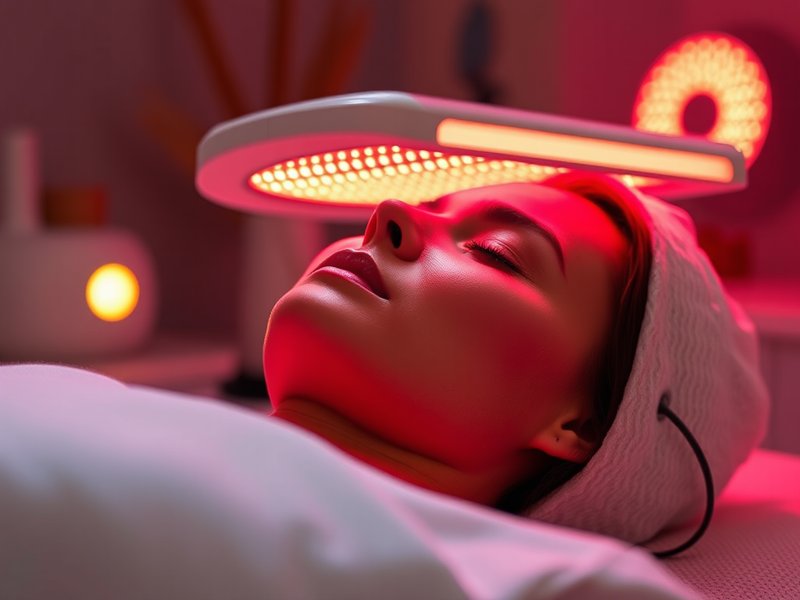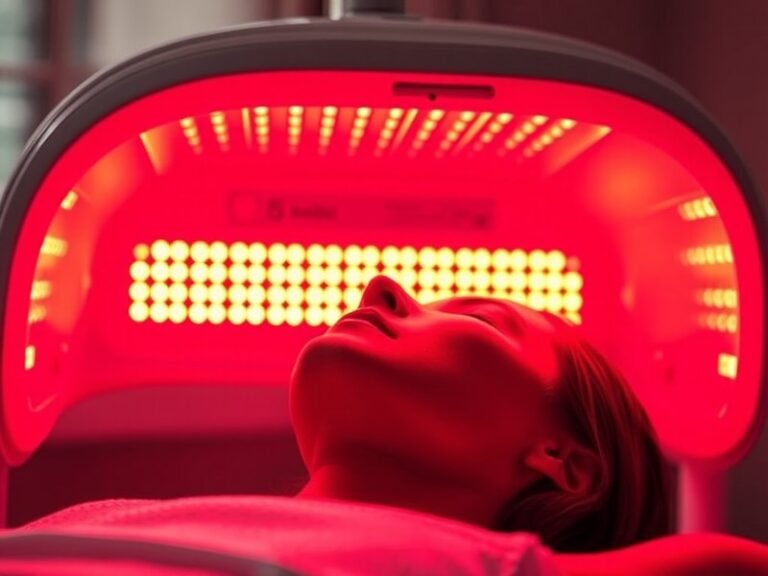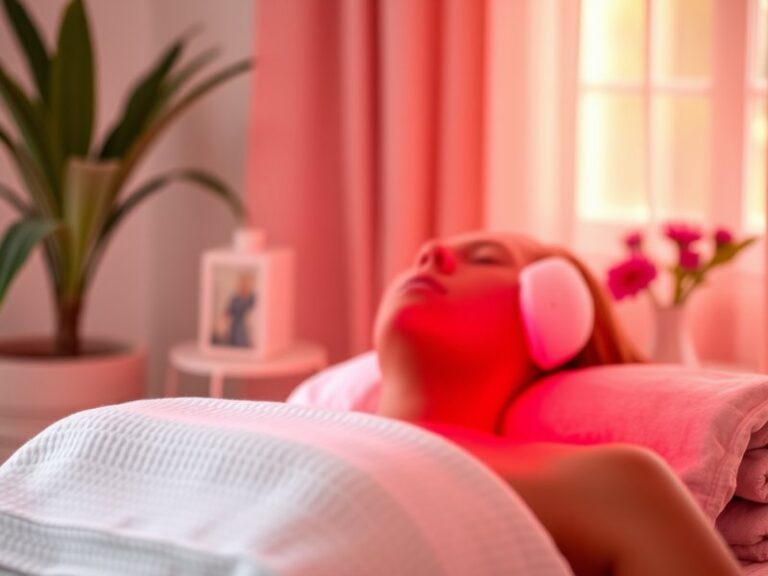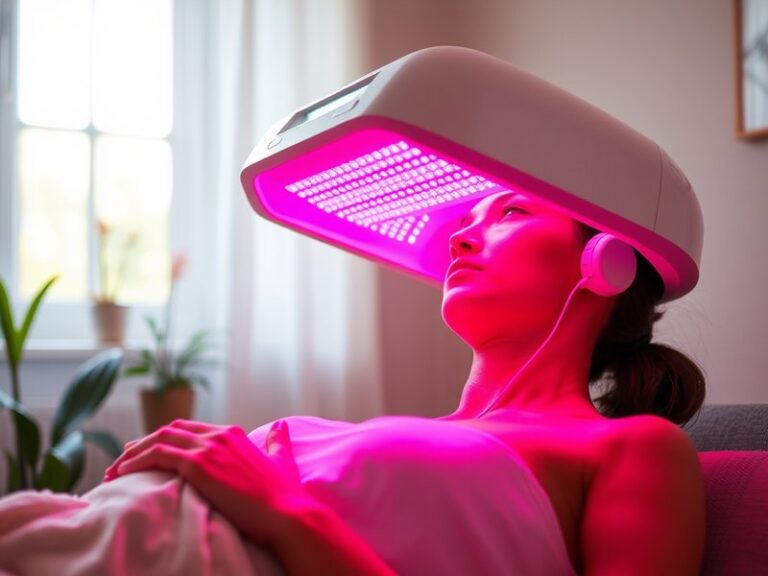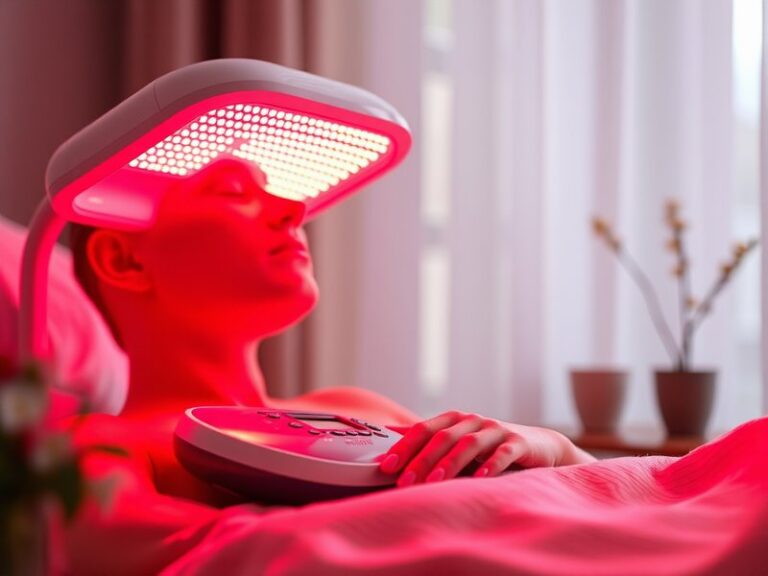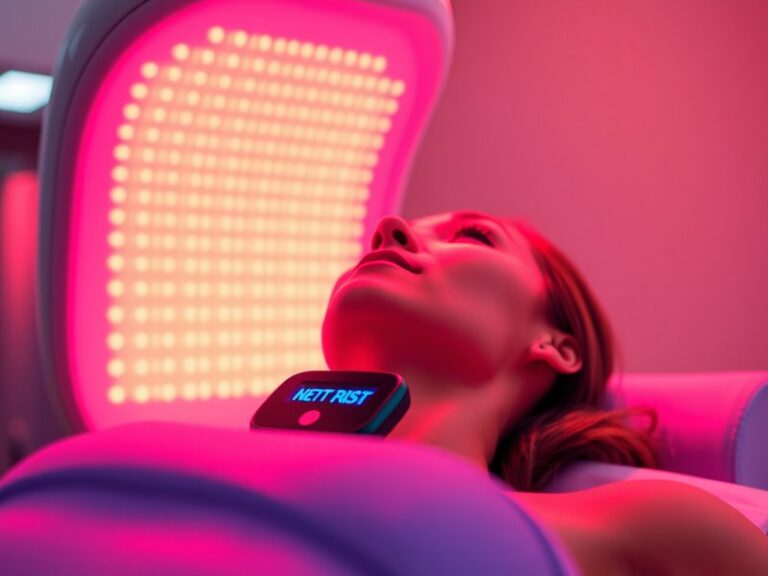Can You Get Burned From Red Light Therapy?
Can You Get Burned From Red Light Therapy?
Are you curious about the safety of red light therapy? This innovative treatment has gained popularity for its potential health benefits, but concerns about safety—particularly regarding burns—are common. This article will explore whether you can get burned from red light therapy, the science behind it, its benefits, and essential considerations if you’re thinking about trying it.
Key Takeaways
- Red light therapy is generally safe when used correctly, with a low risk of burns.
- Understanding the correct exposure times and intensities can minimize risks.
- Consult with a professional to ensure you’re using red light therapy safely and effectively.
What is Red Light Therapy?
Red light therapy (RLT) is a non-invasive treatment that utilizes low wavelengths of red light to penetrate the skin. This therapy is commonly used in various applications, including wound healing, skin rejuvenation, and pain relief.
The technology behind RLT often involves light-emitting diodes (LEDs) that emit specific wavelengths primarily in the range of 600-650 nm. These wavelengths are believed to stimulate cellular processes, promoting healing and reducing inflammation.
Additionally, recent studies indicate that red light therapy can enhance collagen production, improve skin texture, and even help with conditions like acne and psoriasis, making it a popular choice among skincare enthusiasts.
What are the Benefits of Red Light Therapy?
The benefits of red light therapy are extensive, offering a range of positive effects on both physical and mental health.
Enhanced Skin Health
Red light therapy is renowned for its ability to rejuvenate the skin, reducing wrinkles, fine lines, and other signs of aging. By stimulating collagen production, RLT can lead to firmer, healthier skin over time.
Pain Management
Many athletes and individuals with chronic pain conditions have reported relief from muscle and joint pain through regular sessions of red light therapy. The therapy enhances blood flow and promotes recovery at the cellular level.
Improved Mood and Wellbeing
There is growing evidence that red light therapy can influence mood by promoting the production of serotonin. Some users have reported reduced symptoms of seasonal affective disorder (SAD), highlighting its potential benefits for mental health.
Faster Wound Healing
Studies suggest that red light can accelerate the healing of wounds and injuries by promoting cellular regeneration and reducing inflammation. This makes it a valuable tool in physical therapy settings.
Reducing Inflammation
RLT can lower inflammation in the body, potentially benefiting conditions such as arthritis and other inflammatory disorders.
Is it Possible to Get Burned From Red Light Therapy?
The risk of getting burned from red light therapy is minimal, especially when used correctly. Unlike ultraviolet (UV) light, which can cause skin damage and burns, red light therapy utilizes non-ionizing radiation that is generally safe for the skin.
However, misuse of RLT—such as excessive exposure, using incorrect settings, or employing low-quality devices—can lead to potential skin irritation or discomfort. Understanding the device specifications and manufacturer recommendations is critical to mitigate any risks.
What are the Advantages of Using Red Light Therapy Correctly?
Enhancing overall skin health, promoting healing, and mitigating pain are significant advantages of proper RLT use. Understanding the right settings allows users to maximize benefits while minimizing risks.
What are the Disadvantages of Misusing Red Light Therapy?
Overexposure or incorrect use of RLT can lead to skin irritation, redness, or discomfort, although significant burns are unlikely. It highlights the importance of following guidelines provided by device manufacturers or professionals.
What are the Things to Consider Before Trying Red Light Therapy?
While red light therapy is largely safe, it’s essential to consider several factors before starting treatment.
Consult with a Healthcare Professional
Before beginning red light therapy, particularly if you have pre-existing skin conditions or are on medication, consult with a healthcare professional to ensure it’s appropriate for you.
Understand Device Quality and Settings
Not all red light therapy devices are created equal. Ensure you’re using a quality device with adjustable settings that comply with health and safety standards.
Limit Exposure Time
To avoid potential discomfort, start with shorter exposure times recommended by professionals or manufacturers, gradually increasing as your body becomes accustomed.
Know Your Skin Type
Different skin types may react differently to RLT. Those with sensitive skin should approach treatment cautiously, potentially limiting exposure time.
What are the Alternatives to Red Light Therapy?
If you’re concerned about the risks associated with red light therapy, consider these alternatives.
Blue Light Therapy
Blue light therapy is used primarily for acne treatment. It targets bacteria within the skin that contributes to acne formation, making it an effective alternative for skin health.
Chemical Peels
Chemical peels can improve skin texture and tone, similar to RLT, by removing the outermost layer of skin and promoting the growth of new skin cells.
Microdermabrasion
This non-invasive procedure exfoliates the skin to promote cell turnover, benefiting those looking for similar outcomes to red light therapy without using light-based technology.
Topical Treatments
Various topical treatments, including retinoids and vitamin C serums, can also promote skin health and rejuvenation without the need for devices.
Conclusion: Is it Recommended to Try Red Light Therapy?
Overall, red light therapy is a promising treatment with numerous benefits, especially regarding skin health and pain reduction. When used correctly, the risk of burns is low, making it a relatively safe option for most individuals. Consult with a healthcare provider before starting any treatment to ensure it’s appropriate for your specific needs and conditions.
Frequently Asked Questions
Can I use red light therapy if I have sensitive skin?
Yes, but it’s advisable to start with lower settings and shorter exposure times. Consulting a professional beforehand is recommended.
How often should I use red light therapy?
Frequency can vary based on personal goals and device specifications, but many users find success with 2-3 sessions per week.
Are there side effects?
Most users experience no significant side effects, but some may notice mild skin irritation or redness, which typically resolves quickly.
Check out our breakdown Can Red Light Therapy Help?
Can I get burned from a home red light therapy device?
Burns from red light therapy are uncommon, but it is crucial to use the device as directed and to monitor your skin’s response during treatment.
How long do the effects of red light therapy last?
Effects can vary, but many users report improvements lasting several days to weeks after treatment, depending on individual circumstances and skin health.
Discover our insights Jessica Simpson’s Red Light Therapy
